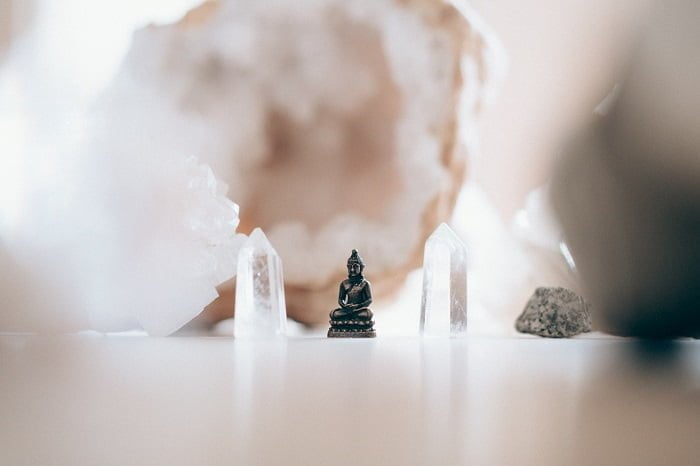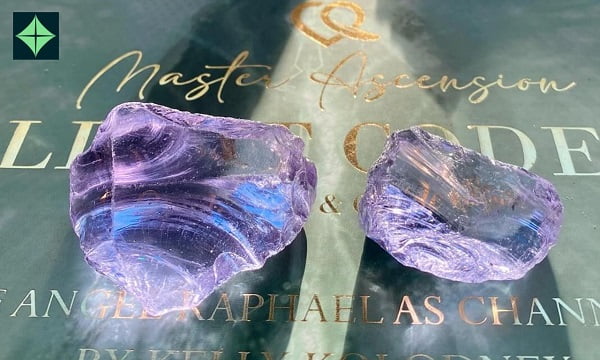Which Crystals Cannot Be Charged in Moonlight? Essential Guide
For generations, people have valued crystal healing for their informative and beneficial effects. Charging them with natural energy sources, such as moonlight, is a common technique for boosting their energy. Not all crystals, though, work with this technique. Discover Which Crystals Cannot Be Charged in Moonlight as we examine the interesting field of crystal care in this informative article.
It is essential to understand how crystals and their energy sources interact in the field of crystal in the session. Although moonlight charging is a powerful weapon, not all crystals respond favorably to it. You can experience the amazing advantages of crystal healing by selecting the proper charging method for each crystal, which will enable you to use it to its full potential.
Understanding: Crystals and Moonlight
Crystals have a long history of use in metaphysical, spiritual, and medicinal practices. Exposing crystals to moonlight is a well-known and age-old technique for purifying and revitalizing them. We shall examine the physics and justification for this practice in this current understanding note, offering light on how moonlight impacts crystals.
The Science of Crystal Properties
Crystals have special physical and energy qualities in addition to being beautiful to look at. Their structural makeup and the energies they take in and release cause these characteristics. In basic terms, we are talking about manipulating these energies when we mention purifying or charging crystals.
Moonlight and Its Influence
Crystals are thought to benefit from the cleaning and renewing properties of moonlight, especially during full moons. This idea is based on the knowledge that the moon both reflects and produces its special energy.
Sunlight vs. Moonlight
Sunlight is a powerful source of energy but can damage some crystals. On the other hand, moonlight is thought to be kinder and more appropriate for this use. It is thought to cleanse the crystal of any harmful energies it has absorbed and replenish it with the peaceful energy of the moon.
Crystal Sensitivity
Some crystals don’t react well to moonlight. In direct sunshine or moonlight, some crystals that are sensitive to light may fade or lose their shine. For instance, it is known that selenite and lepidolite are highly susceptible.
Modern Interpretations and Practices
Moonlight charging is frequently seen as a cultural and symbolic event in the modern crystal community. While science can explain some of the structural changes that moonlight causes in crystals, the idea that the moon has metaphysical power is still deeply rooted in trust and tradition.
Which Crystals Cannot Be Charged in Moonlight: 10 Crystals
Crystals, known for their unique energies and healing abilities, should not be exposed to moonlight to maintain their structural and energetic properties.
1. Selenite
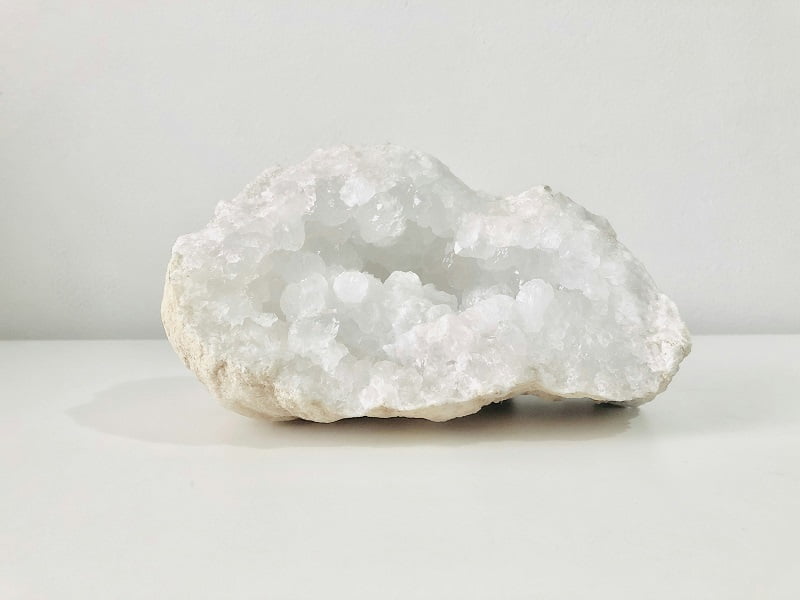
Although selenite is prized for its high vibration and honesty, it is also very fragile. It can break down and lose its inherent qualities if exposed to rain or moonlight.
2. Lepidolite
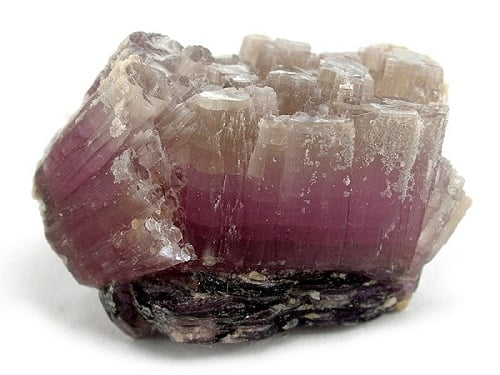
Lithium in lepidolite makes it subject to browning and discoloration when in contact with the full moon. Avoid charging it with moonlight to keep its brilliant colors.
3. Celestite
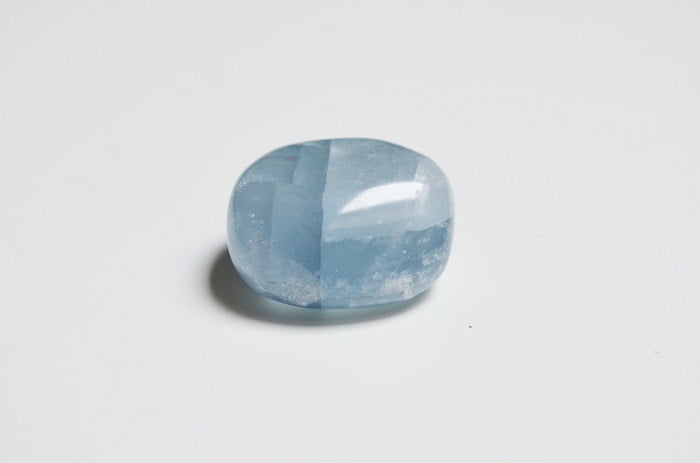
When exposed to moonlight, the small crystal celestite can break easily. Alternative charging techniques keep its calming, heavenly basic terms the best.
4. Fluorite

Fluorite’s bright shades may decrease over time since it can be sensitive to moonlight and sunlight. Choose kinder cleaning techniques to preserve its look.
5. Opal

Although opals are prized for their vibrant play of color, they are delicate to changes in light. To avoid potentially reducing their iridescence, it is best to keep them out of direct moonlight.
6. Angelite

Extreme moonlight can change the fine vibrations of Angelite by breaking its soft energy. Select different techniques to preserve its calming effects.
7. Labradorite

When exposed to continuous moonlight, labradorite’s bright iridescence might decrease, which can change its unidentified properties. To keep its shine, protect it from the full moon.
8. Moonstone
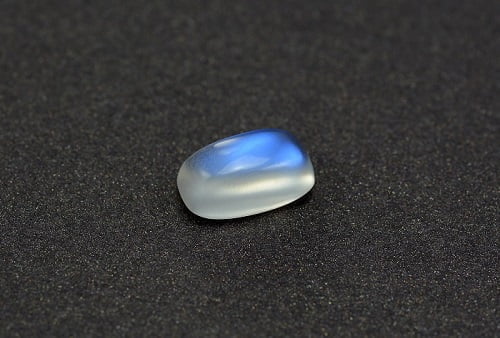
Moonstone, ironically, can be sensitive to moonlight. Long-term exposure might reduce its mystical light. When charging this stone, be more gentle.
9. Himalayan Salt Crystals
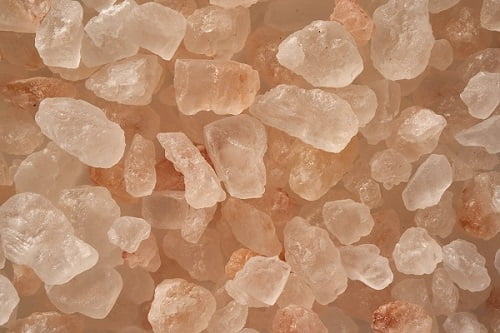
Crystals of Himalayan salt are hygroscopic, which means they may take in water. Their water content may increase in the moonlight, accelerating their early breakdown. Dry them off.
10. Amber

Instead of being an element, amber is a chemical that can be light-sensitive. It could grow soft and lose its brilliance after spending a lot of time in the moonlight.
Setting the Stage for Charging
Create a quiet, peaceful environment, clean it, include natural elements, turn down the lights, select suitable containers, pay attention to the weather, customize your space, follow stillness and silence, honor the phases of the moon, and consider your goals to ensure that crystal charging with moonlight is successful. This will produce an atmosphere that enhances the moonlight and your crystals’ natural energy exchange, making the charging experience deeper and more meaningful.
Arranging Your Crystals for Charge
Make thoughtful arrangements with your crystals for the best energy exchange while charging under the moon. Select a specific crystal, take consideration of crystal kinds and sizes, play around with shapes, balance elements, align with intentions, use essential geometry, understand crystal contrasts, activate with points, trust your senses, allow space for growth, and rotate regularly. This custom energy grid enhances the charging process by facilitating a powerful energy exchange between moonlight and crystals.
Why Which Crystals Cannot Be Charged in Moonlight?
For crystals, moonlight is frequently seen as a beneficial and cleansing energy source. While many crystals benefit from extended contact with moonlight, some are fragile and can be adversely impacted. The crystals on the list below should be handled carefully when it comes to moonlight charging.
Why is the Moonlight so Powerful for Crystals?
Moonlight, a reflected form of sunlight, is believed to be a powerful source for cleansing and recharging crystals. Its interaction with water molecules in crystals helps cleanse and recharge them, resetting them to their natural state. To use moonlight, select the right phase, place crystals where they can receive moonlight, leave them out overnight, and set intentions for cleansing and recharge. Learn more about Avoid What Crystals Should Not Be in Your Bedroom.
Why Charge Crystals in Moonlight
Moonlight is an ideal time for charging crystals, as it combines nature’s energies, spirituality, and intention. Crystals have unique energies and vibrational frequencies, which can be influenced by their environment and interactions. The practice involves choosing a night with the moon’s full phase, setting intentions, leaving the crystals overnight, and retrieving them in the morning.
Which Crystals Benefit the Most from Moonlight?
Which Crystals Cannot Be Charged in Moonlight is a powerful cleansing and charging way for crystals in metaphysical practices. Its gentle nature cleanses away unwanted energies, leaving crystals refreshed and revitalized. Moonlight’s influence is heightened by its alignment with the sun, making it a potent time for charging crystals. Crystals that benefit the most from moonlight include selenite, clear quartz, amethyst, rose quartz, citrine, smokey quartz, moonstone, labradorite, lepidolite, and celestite.
Moonlight can enhance the healing properties of various crystals, including selenite, clear quartz, amethyst, rose quartz, citrine, moonstone, labradorite, lepidolite, and celestite. To charge these crystals, select the right phase, choose a suitable location, and recharge.
Conclusion
As a result which Crystals Cannot Be Charged in Moonlight? even if moonlight charging is a well-liked technique for recovering crystals, it’s important to understand which crystals can’t be charged in this way. Examples of crystals that should be protected from direct moonlight exposure are selenite and lepidolite. To keep your valuable stones in good shape, think about using alternate charging techniques like solar or ground energy.

Hi there, lovers of crystals! I have the passionate about crystal and gemstones for over 3 years. I explore the mysterious realm of gemstones as a passionate crystal and gemstone enthusiast, imparting knowledge, legend, and the amazing energies that each stone holds. Come along on this captivating journey with me as we uncover the mysteries surrounding the beauty and spiritual significance of crystals. Welcome to a world where stories are waiting to be told from crystals that come to life

